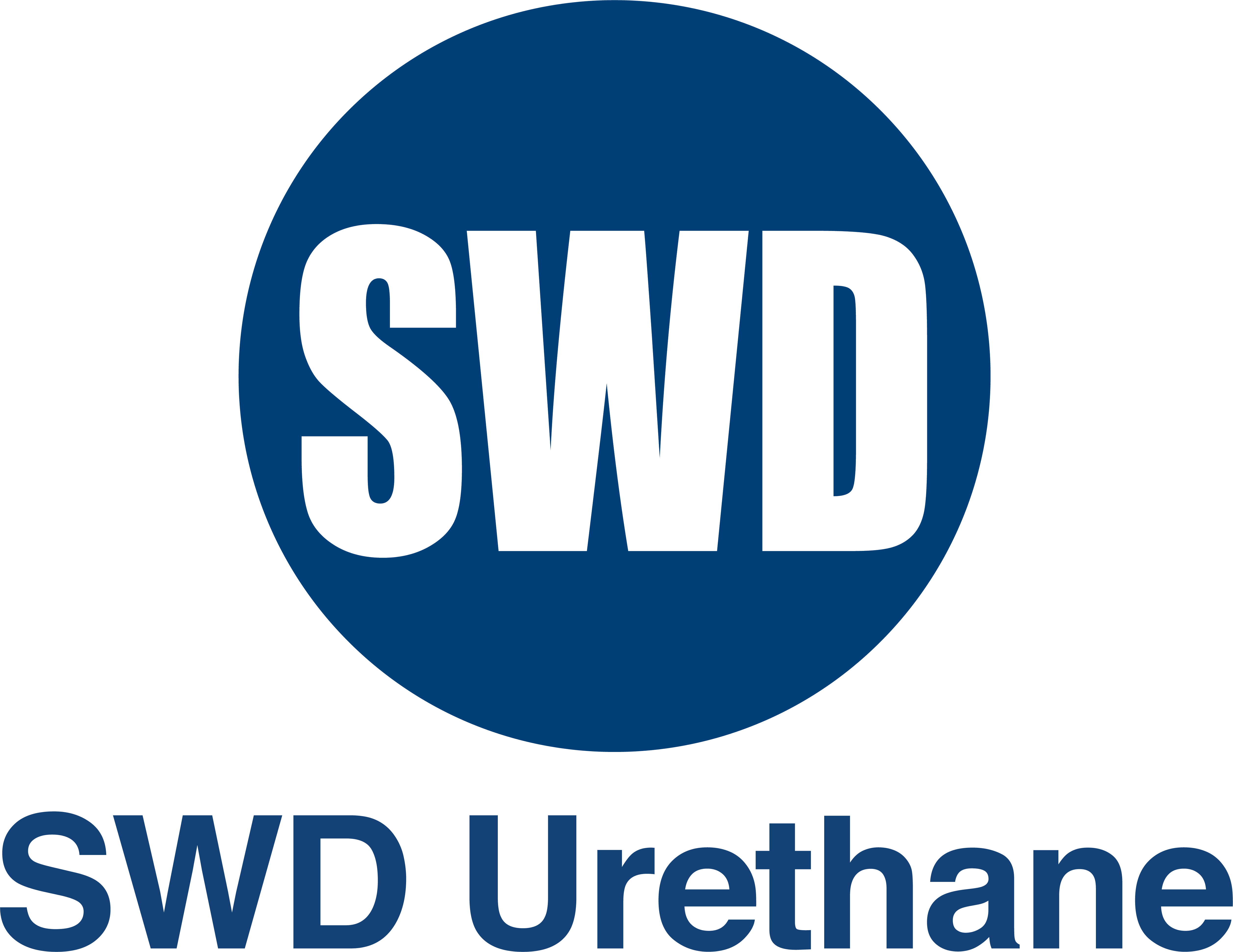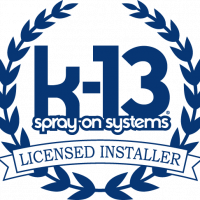Having good insulation in your home is very important. When your home is properly insulated, it can help keep it cool in the summer and warm in the winter. This can make your home a more comfortable and safe place to live and help you manage your monthly energy bills. When looking for new insulation, it is important to consider the various types of insulation. In most cases, property owners invest in blown-in insulation or spray foam insulation. It is important to understand the differences between the two.
What Is Blown-In Insulation?
With blown-in insulation, the space between joists and wall studs will be filled in with various loose materials. These typically include fiberglass particles, cellulose, and other insulating materials. Typically, the entire space between beams will be filled in with insulation.
What Is Spray Foam Insulation?
Spray foam insulation will use a polyurethane material and is sprayed into the gaps in your home’s structure. It can then expand once installed to fill in any gaps or cracks. This insulation is popular due to its strong insulating materials and durability.
Differences Between Options
Once you understand what each insulation option is, it is important to understand the differences and benefits of each option. There are various important differences to consider.
Lifespan of Insulation
One of the biggest differences between the two types of insulation is that spray foam insulation can last a lot longer than the other options. With spray foam insulation, you could expect that it will last and continue to protect and insulate your home for a century or longer. With blow-in insulation, the lifespan is typically a couple of decades. After that point, it will not be as effective, and you might start to notice your energy bills increasing.
Energy Efficiency
Energy efficiency should also be considered a top priority when choosing an insulation option. Overall, both options will drastically help manage your home’s temperature and reduce your energy costs. However, spray-in foam could be more effective overall. As it is able to fill in gaps more efficiently, it can help you retain the proper temperature in your home with less energy provided by your HVAC system.
Cost of Installation
With any project at home, the cost must be considered. When it comes to your insulation options, the blown-in option tends to be more affordable up front. However, as its useful life is shorter and not as efficient, spray foam may be a better long-term option. The payoff tends to be based on how long you will continue to reside in your home.
Insulating your home is a very major part of overall home construction and care. There are various options to consider when looking for new insulation materials. The most common options continue to be blown-in and spray foam insulation, and understanding the differences and benefits of each option is quite important.


